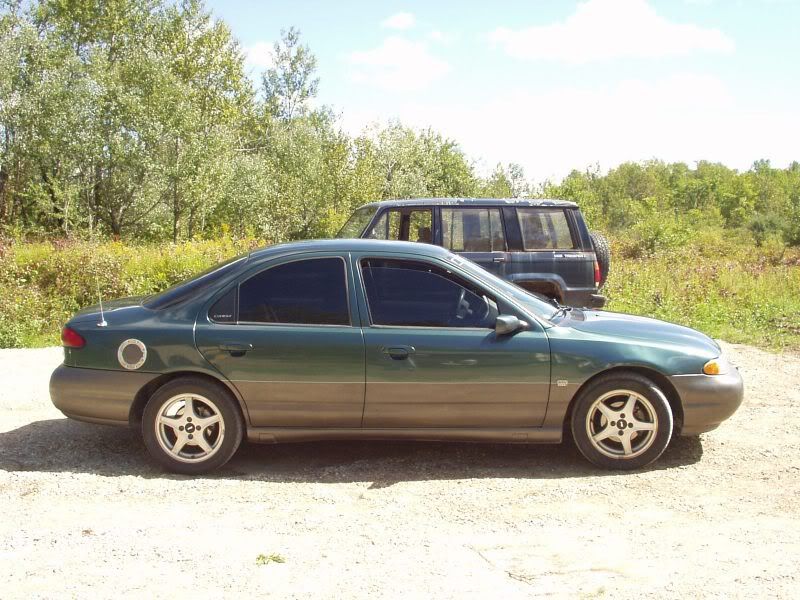spray painting a car- not directly Contour related - 06/19/06 04:45 PM
I have a friend who just finished college. Plenty of loans to pay off and he works hard so there isn't money to throw around. He drives a 95 Neon in white. Large areas of the paint have peeled off exposing the grey primer beneath.
I know it's not going to look "great"... and probably not even "good"... but I was thinking of helping him out and getting a can of spray paint (correct color code from store) and painting these areas.
I assume I can just clean the areas with soapy water to ensure no oils, lightly sand perhaps, and then mask the surrounding area and spray it?
Is there any way I can blend the edges so that the inevitable color difference isn't so dramatic? How is blending done by the pros, is it a wet sand or something?
I've heard that if you use aerosol spray paint, you must wait a really long time before clear coating or the paint will wrinkle. Something about the chemicals in the spray paint and the clear coat reacting. (i'm not even sure this car has a clear coat, will check)
Any other tips on using spray paint on a car?
Again: I've used spray paint enough to know it won't look stunning, but anything so it doesn't look so nasty from 50 feet away will make him happy.
Thanks
Brian
99 SVT
I know it's not going to look "great"... and probably not even "good"... but I was thinking of helping him out and getting a can of spray paint (correct color code from store) and painting these areas.
I assume I can just clean the areas with soapy water to ensure no oils, lightly sand perhaps, and then mask the surrounding area and spray it?
Is there any way I can blend the edges so that the inevitable color difference isn't so dramatic? How is blending done by the pros, is it a wet sand or something?
I've heard that if you use aerosol spray paint, you must wait a really long time before clear coating or the paint will wrinkle. Something about the chemicals in the spray paint and the clear coat reacting. (i'm not even sure this car has a clear coat, will check)
Any other tips on using spray paint on a car?
Again: I've used spray paint enough to know it won't look stunning, but anything so it doesn't look so nasty from 50 feet away will make him happy.

Thanks
Brian
99 SVT
